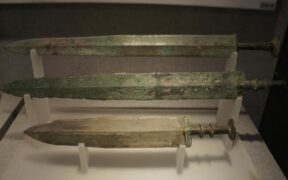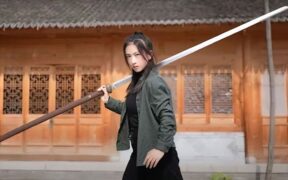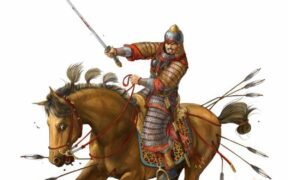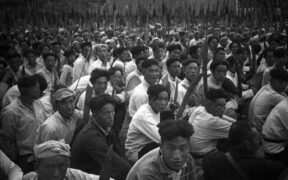Our content features commercial links to our products, committed to transparent, unbiased, and informed editorial recommendations. Learn More
Riding Into Battle: 8 Chinese Cavalry Swords and Their Importance
NO AI USED This Article has been written and edited by our team with no help of the AI
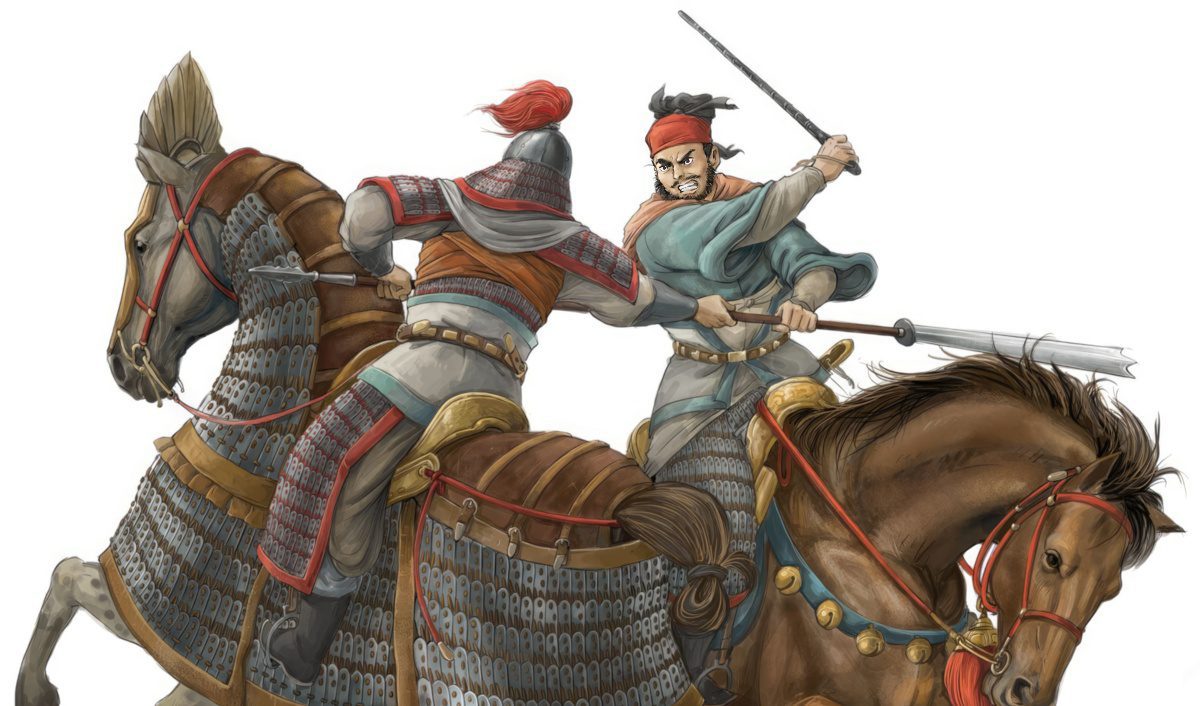
For well over a millennium, Chinese cavalry swords have played a vital role in creating modern China as we know it today. They have intricate designs that enrich the country’s history and military tradition.
These cavalry swords were specifically functional when used on horseback. Cavalrymen have relied on Chinese cavalry swords throughout the Han Dynasty (206 BCE-220 CE) and the Qing Dynasty (1644-1912). Northern Steppe nomads, renowned for their excellence on horseback and using curved swords, significantly impacted the design and use of these blades.
In this article, we will go over the most popular Chinese cavalry swords used on horseback and explain their history.
Chinese Cavalry Swords
1. Han Dao
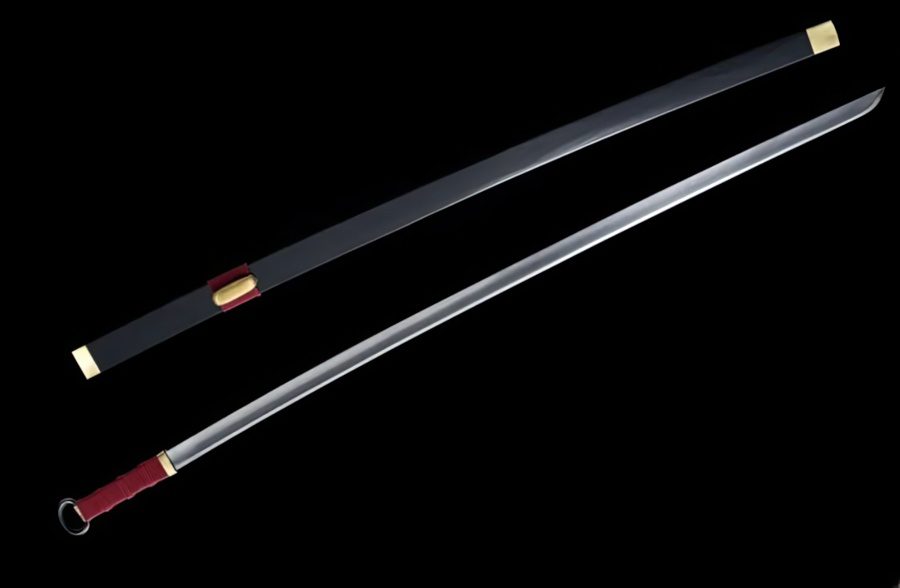
The ancestor of all Chinese cavalry swords is the Han Dao, which emerged approximately in 100 BC and established a norm from the Middle Han Dynasty through the Three Kingdoms era. A form of the Han Dao, which was longer and slightly curved, played a significant role in the Han-Xiongnu War and eventually replaced the straight Jian sword as China’s primary type of cavalry.
2. Tang Dao
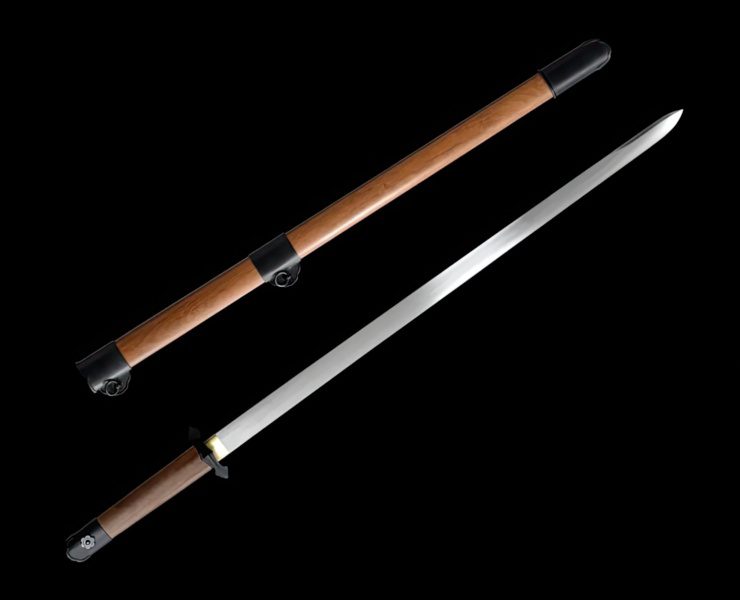
The Tang Dao was the biggest technological sword invention that completely changed the history of infantry and cavalry swords in East Asia. It was a straight, single-edged blade with a sharp, pointy tip. This blade worked on foot and horseback, especially when combined with the P-scabbard, influenced by the Persian West.
It was the primary Chinese sword used on cavalry before their curved blades appeared. Tang Dynasty swords were so effective that it is believed they sparked the creation of the Japanese Katana.
3. Yanmaodao
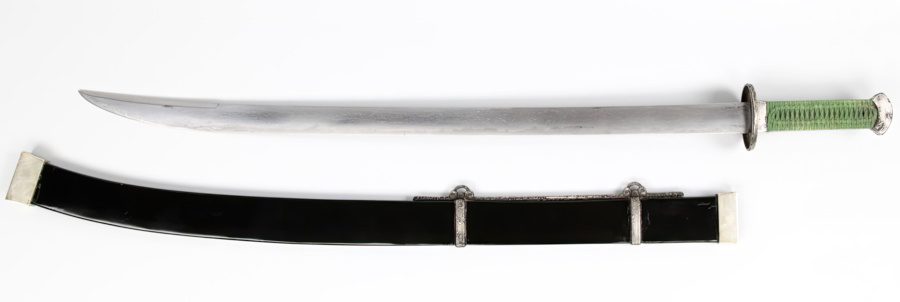
The first curved blades in China were not as curved as commonly depicted in modern media today. They were mostly straight and bent slightly only at the blade’s tip, similar to the early Yanmaodao cavalry sword. It is believed that the weapon was used heavily after the Mongolic invasion. An example is Genghis Khan’s sword, but there were instances of curved cavalry blades in China before his time.
4. Yutoudao

One of the swords especially effective on horseback was the Yutoudao blade. Their success was because of the widened and broadened blade tip. Most of the weapon’s balance and weight were at the end of the blade, making it a very powerful slashing tool. This back edge was highly influenced by the Steppe people from the north and was a common feature seen in Turkish swords.
5. Peidao or Yaodao

Peidao or Yadao is translated to waist sabers and can mean any type of sword carried on the soldier’s or cavalrymen’s waists during the Ming and Qing Dynasty period. Their blades can be curved as a Liuyedao or straight as a Yanmaodao. Despite these differences, their short size and length made for frequent use on horseback.
6. Liuyedao
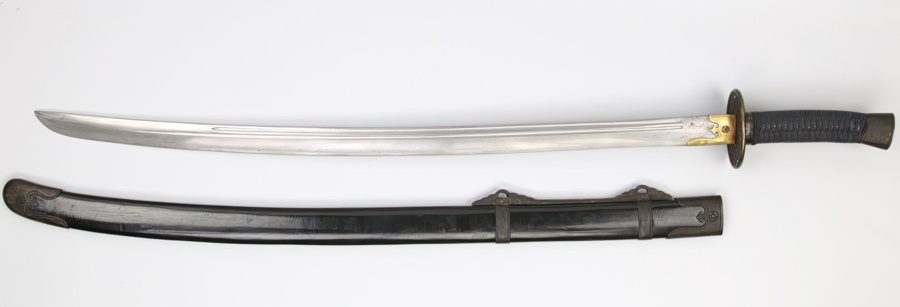
The most popular sword in Ming and Qing Dynasties for warfare and martial arts purposes was the Liuyedao sword. It came in very different shapes and sizes, but its strongest characteristic was the slight curving of the blade, sometimes in correlation with the Chinese handle. The sword is directly descended from the Turkic-Mongol sabers and became the single most used saber in Chinese history.
7. Piandao

Although an extremely rare sword in Chinese history, the Piandao could be utilized as a cavalry sword. Piandao is a curved blade that is very much like the Liuyedao. However, it’s described as a slicing weapon instead of a slashing one. Its use in combat is primarily linked with skirmishers. Chinese cavalry scouts or infrastructure supply line troops were very useful, especially in the Ming Dynasty when the supply of horses was short.
8. Zhanmaodao
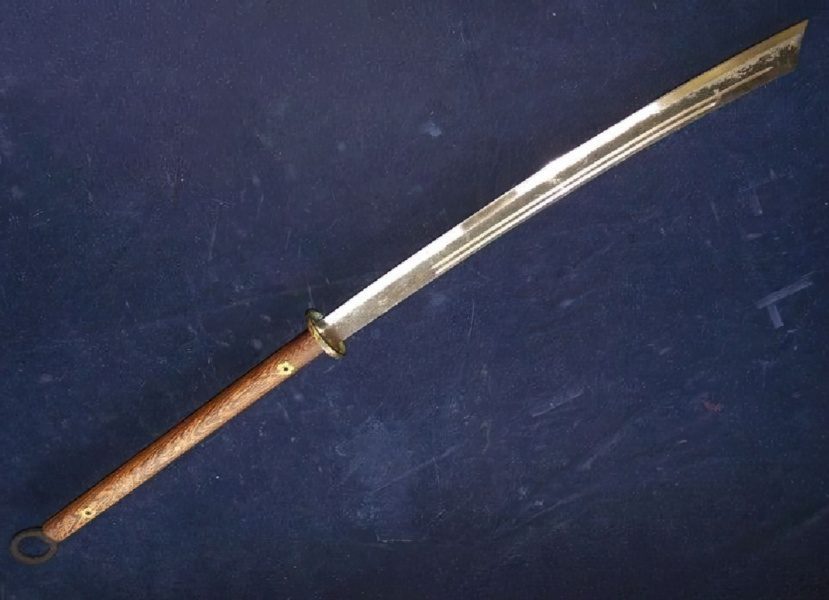
The Zhanmaodao, or in Chinese, the Horse Cutter, is a very large anti-cavalry sword that was initially created to take down enemy horseback riders from the north. It is a two-handed Chinese weapon with a very large handle and a large and broad single-edged blade. When it first appeared in history, possibly during the Tang or Song Dynasties, it had a straight blade, but the modern version is curved.
Importance of Chinese Cavalry Swords & History
Chinese cavalry played a pivotal role in the country’s history, and the northern Steppe lands were a major source of inspiration for China’s cavalry. The Steppe nomads’ ability to ride and fight from a horse’s back gave them a distinct advantage in battle. The Chinese dynasties gradually began to include cavalry in their military strategy after realizing the benefits of using horses in battle with the increase of Chinese sword-making.
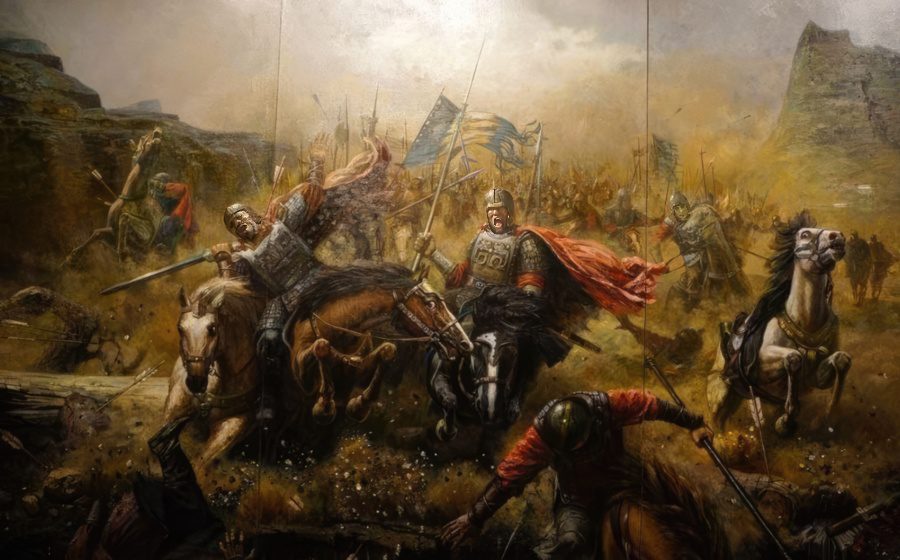
“Cavalry are the army’s fleet observers, the means to pursue a defeated army, to sever supply lines, to strike roving forces…Ten cavalrymen can drive off one hundred infantrymen, and one hundred cavalrymen can run off one thousand men…As for the number of officers in the cavalry: a leader for five men; a captain for ten; a commander for one hundred; a general for two hundred.” – Sayer, a leading scholar on Chinese warfare
The Northern Wei Dynasty was one of the earliest Chinese kingdoms (386-534 AD) to rely largely on cavalry in battle. The Xianbei people founded the Wei dynasty; they were originally from the Steppe, and their horsemen were crucial to their success in battle. With both mounted archers and swordsmen, the Tang Dynasty (618-907) could extend their empire and destroy their foes thanks to their advances in cavalry combat.
Chinese curved swords were widely used by mounted troops, thanks in large part to the introduction of strategies like the feigned retreat. The Steppe nomads developed this tactic, in which they would seem to retreat before suddenly turning around and attacking. The speed of the horse, plus the precision and speed of the curving blades, were a lethal combination and brought many Chinese territorial expansions and control.
The Decline of the Chinese Cavalry Sword
The aforementioned Chinese cavalry swords aren’t necessarily linked with the use of cavalry because horses were extremely hard to come by in the Song and especially the Ming Dynasties. Although the Central region in China was the ideal environment for the human population, it wasn’t very good for horse breeding.
To the north and over the Taihang Mountains is where the cavalry and Steppe people came to China with their horses. In the Eurasian Steppe, nutritious grass was plentiful, ensuring well-nourished horses with well-conditioned hooves. After the Tang Dynasty, these areas were out of reach for China, and the Chinese people struggled to acquire cavalry. A tea-for-horse trade began, resulting in Chinese cavalry swords being more commonly linked with infantry.
